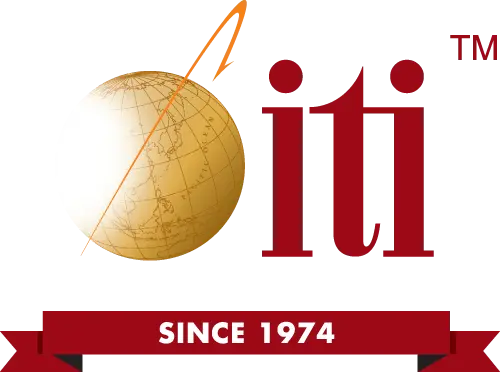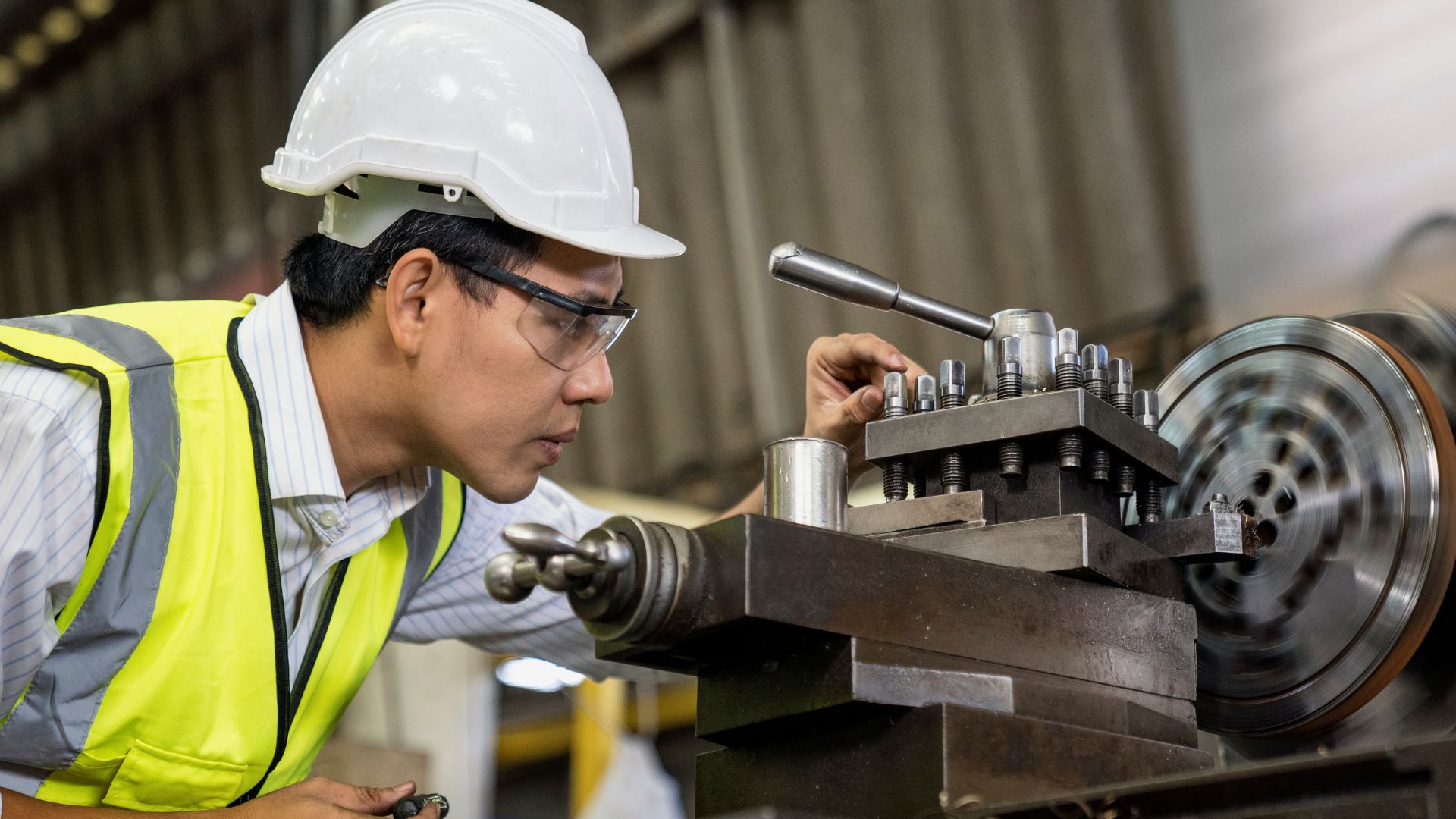After the last two years, market stabilization was expected in 2022. But so far, the outlook for the global manufacturing supply chain still remains uncertain.
“We don’t see the tide turn in 2022,” said Thorsten Meincke, board member for ocean and air freight at DB Schenker. If anything, issues are expected to continue or worsen into 2023. According to Meincke, there are several factors to blame: infrastructure problems, labor shortages, a high demand level, and a reduction in capacity.
As a result, many manufacturers continue to report delivery delays, with the average quoted time being three weeks, with 15% citing delays of more than six weeks. Costs have also increased across the board, impacting both shippers’ and consumers’ wallets.
As businesses struggle to return to normal and demand increases, let’s look at the main culprits behind these issues and how can manufacturers attempt to maintain production levels despite them.

3 Main Causes of Global Manufacturing Supply Chain Disruptions
These three significant causes, both recent and old, have led to current supply chain problems.
- 1.Covid-19 and Variants
When the pandemic hit, lockdowns across the world either slowed or temporarily halted the flow of goods. This halt created uncertainty for manufacturers.
Across several sectors, there have been product shortages – like medical equipment, toilet paper, and hand sanitizer – when they experienced significant spikes in demand and production pressure. Many manufacturers began and (still are) operating 24 hours daily to keep up.
On the other hand, some businesses were left with stockpiles of unsold goods that led them to liquidate their inventories. Now, these businesses haven’t been able to bring their inventories back yet to pre-pandemic levels as they try to supply a recovering economy and higher demand.
The initial onset of the pandemic and its now continued waves set off by variants continue to create havoc on the supply chain. Without any sense of visibility and certainty, it’s hard for manufacturers to predict or control shipping delays, rising prices, and more.
2. The Russian Invasion of Ukraine
In the 18 months after March 2020, the price of shipping a container on transoceanic trade routes was seven-fold higher, while bulk commodities were even more expensive. There was a noticeable buildup during the 2021 holiday season. Thousands of shipping containers were stuck on vessels at sea. Not to mention, a depleted workforce contributed to a slow pace of unloading goods from ships stuck at sea.
Now, the war in Ukraine is worsening this existing problem, leading to continued port congestion, higher freight fees, and longer transit times. Experts anticipate the cost of shipping to remain high and create further inefficiencies across the maritime transport system. According to Clarksons Research, container and car carrier congestion at ports is trending towards previous highs again.
3. Outdated Global Manufacturing Shipping Practices
But the pandemic and the Ukraine-Russia war are not to be blamed alone for all the current supply chain issues. In reality, they only amplified and placed a spotlight on problems that already existed.
Lean global manufacturing and “just-in-time” manufacturing also contributed to the delays. It saves space and supply by encouraging an “optimized” inventory stock, which means warehouses never become overcrowded.
The COVID-19 pandemic is an example of a sudden change in the market. This sudden change made “JIT” less effective, regardless of a stable economy. Businesses scrambled for inventory as delays caused production cycles to be disrupted.
Despite this, experts see lean manufacturing as a valuable system. Pundits see its problems merely as a failure in implementation and a misunderstanding of its core concepts.

How Real-time Communication with ITI Builds Resilience in Your Supply Chain
It’s true that the past few years have brought unexpected challenges. We know that the industry as a whole will get past them. But there will always be disruptions in your supply chain. These disruptions include such events as natural disasters, transportation failures, product quality problems, price fluctuations, and more.
To help manufacturers get past these current (and future challenges), ITI developed two programs to enable proactive production planning, inventory management, and shipment scheduling through supply chain predictability, certainty, and visibility.
- We provide weekly updates on the status of each order to our customers in each factory. These are specific and detailed updates, immediately alerting our customers to any delays so they have time to plan and be proactive instead of reactive.
- We immediately acknowledge and work to resolve any issues that can come up during the shipping process.
These two programs are designed to help businesses take back control of their global manufacturing and remain profitable.
Looking for regular updates on your production, both during manufacturing and during transportation?







